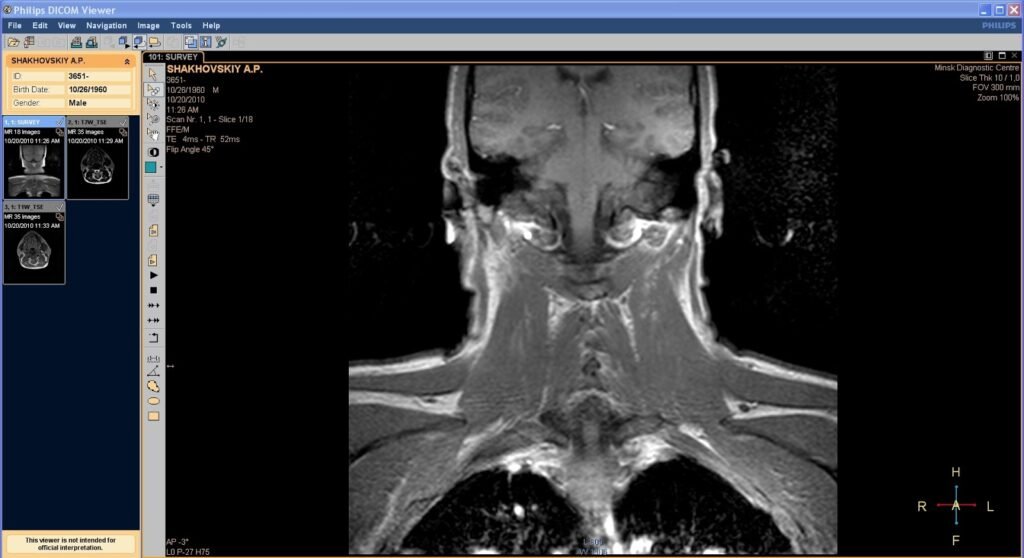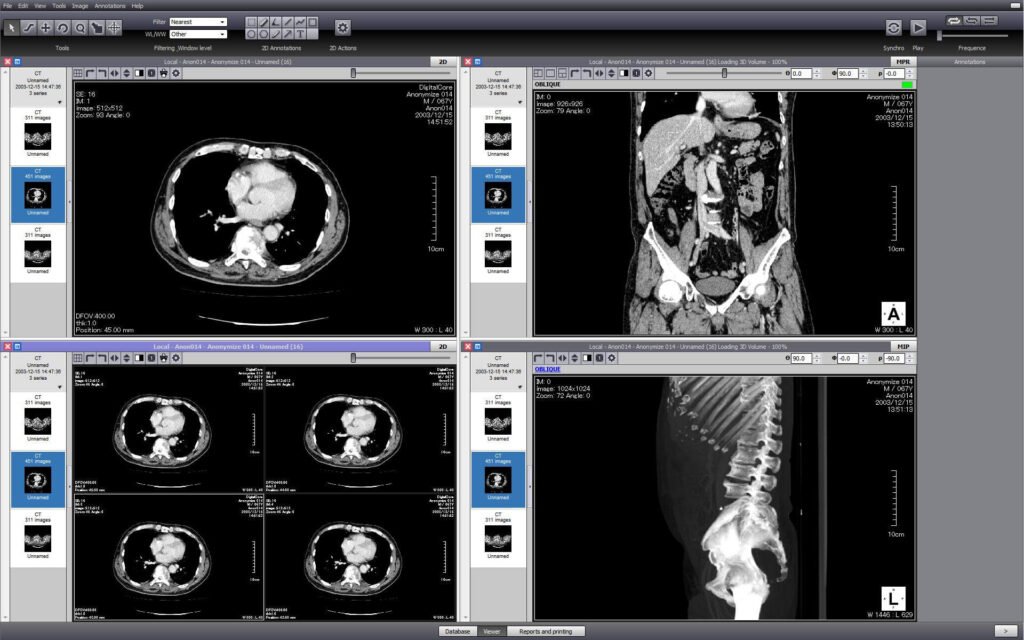DICOM is the universal format for sharing medical images like ultrasounds, MRIs, and CT scans. But actually viewing DICOM files requires expensive specialty software. Or does it?
Leveraging free online DICOM viewer provides a simple method for inspecting scans without purchasing proprietary PACS workstations.
This guide covers cloud-based tools for pulling up studies instantly as well as open-source PACS options for more robust local file management.
Soon you’ll be readily evaluating insert images or difficult words to explain here without the high costs or added steps of licensed DICOM software.
Access Files in the Cloud
The most straightforward approach is using free websites that display your DICOM images right in your web browser.
Options like OHIF Viewer or MedDream DICOM Viewer make it fast and easy:
- Visit site and click upload
- Select DICOM file(s) from your computer
- View scans virtually instantly!
With intuitive controls, you can adjust visuals, take measurements, play cine loops and more. Some even provide collaboration options for conferencing around cases.
Cloud DICOM viewers provide on-demand access without downloading programmes or managing local storage.
But limited upload file sizes or ephemeral viewing sessions make them best for one-off evaluations. For more enduring access, implementing an open-source PACS system offers advanced functionality.
Incorporate Open-Source PACS
DICOM viewers have read-only access. To enable editable study lists, shareable links, and long-term archives, a full PACS server is required.
Open-source options like Orthanc or Weasis provide free, self-hosted solutions.
- Import studies from CDs/hard drives for centralized storage
- Save findings against specific series or images
- Forward studies to colleagues or cloud backups
With some technical know-how, open-source PACS removes licencing expenses to enable DICOM viewing, editing and management at no cost.
Getting Started with Orthanc
As one popular option, Orthanc delivers lightweight PACS functionality:
Step 1: Deploy the Orthanc server on a Windows/Mac machine. This manages the DICOM database.
Step 2: Download the Orthanc Explorer software for the viewer interface. This provides the graphical tools to consume studies.
Step 3: Load studies into Orthanc from disk or connected imaging devices.
Once Orthanc ingests a DICOM study, it becomes available within the Explorer module for in-depth review and manipulation.

Advantages Over Standard Viewers
Relying on open-source PACS alternatives over basic cloud viewers provides advantages like:
- Full diagnostic capabilities
- Measurement and annotation tools
- Study organization and sorting
- Customized display protocols
- DICOM editing ability
- Export options to share studies
For everyday viewing, free cloud DICOM viewers offer an accessible starting point with their instant online access. But for advanced clinical or research needs, implementing robust OSS PACS unlocks much greater interactivity, customization, and collaboration around studies—no proprietary license required!
Don’t Pay for DICOM Software!
This overview demonstrates that reliable, fully-featured DICOM visualization no longer means budgeting for expensive proprietary viewers or PACS workstations.
Between instant cloud viewers and self-managed open-source PACS, you can take complete control over inspecting, managing, and sharing studies at little to no cost. Soon you’ll be effortlessly poring over MRIs like a pro!
What questions remain before you ditch your clunky client software for good? Let me know in the comments!

